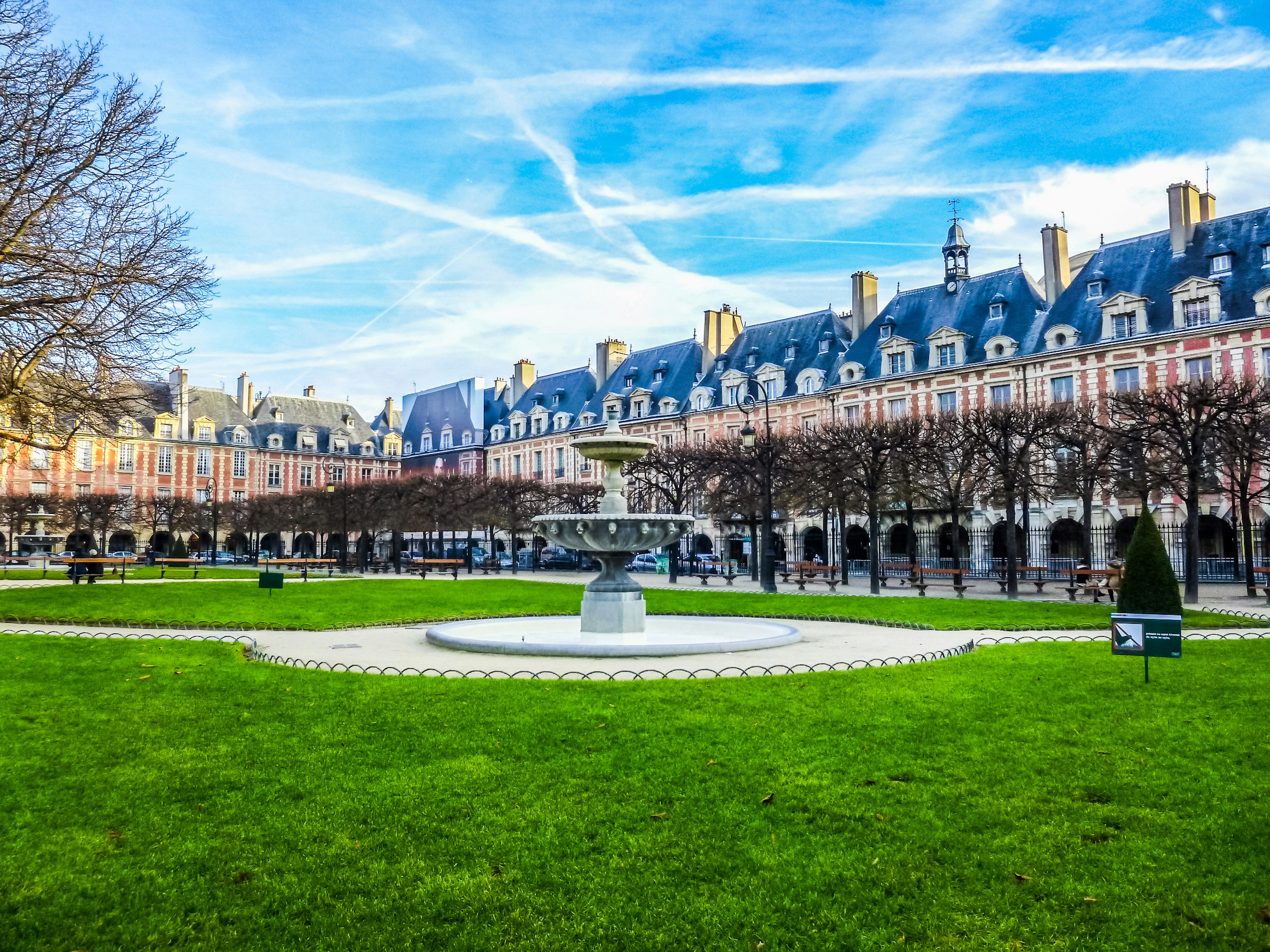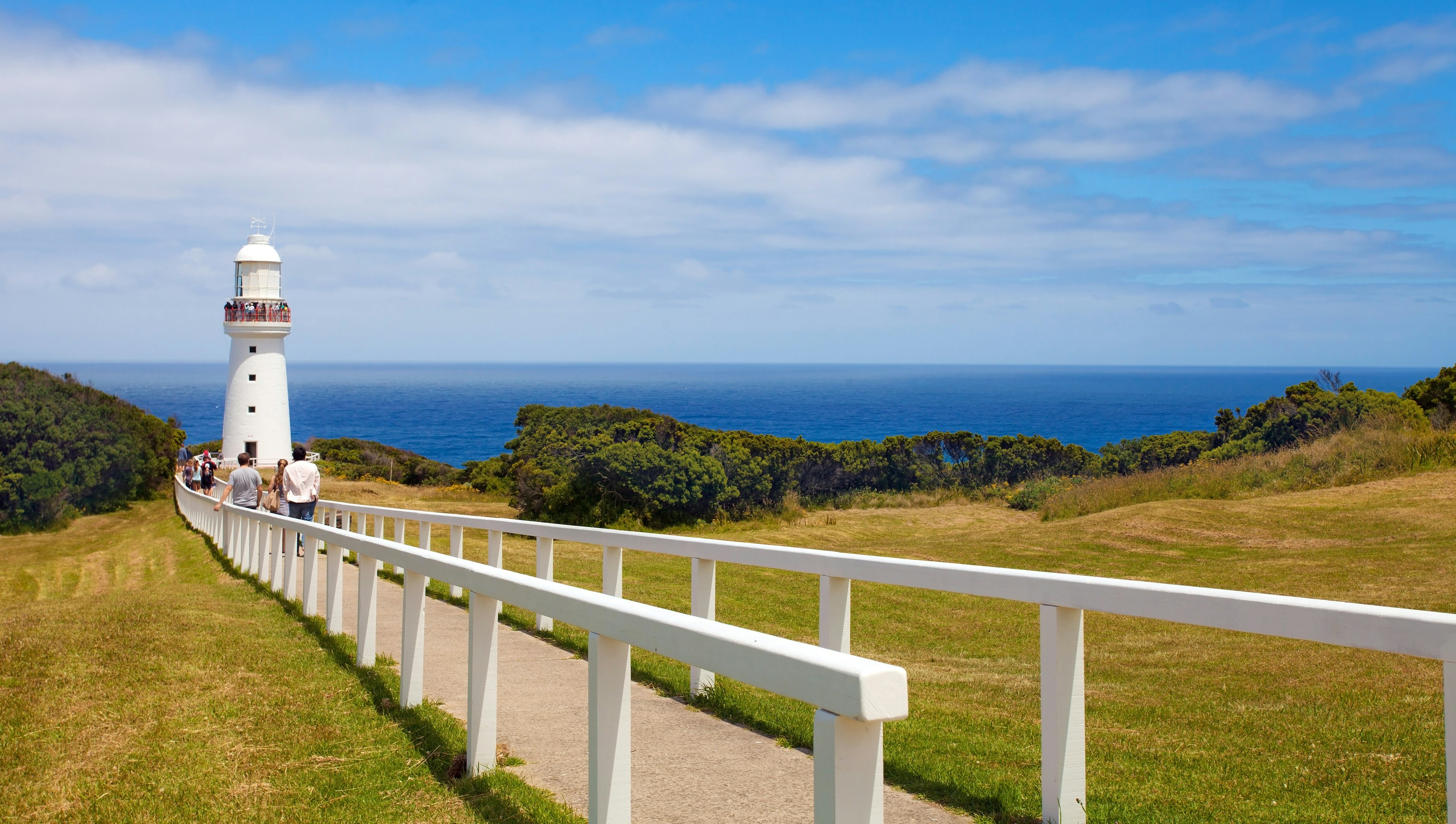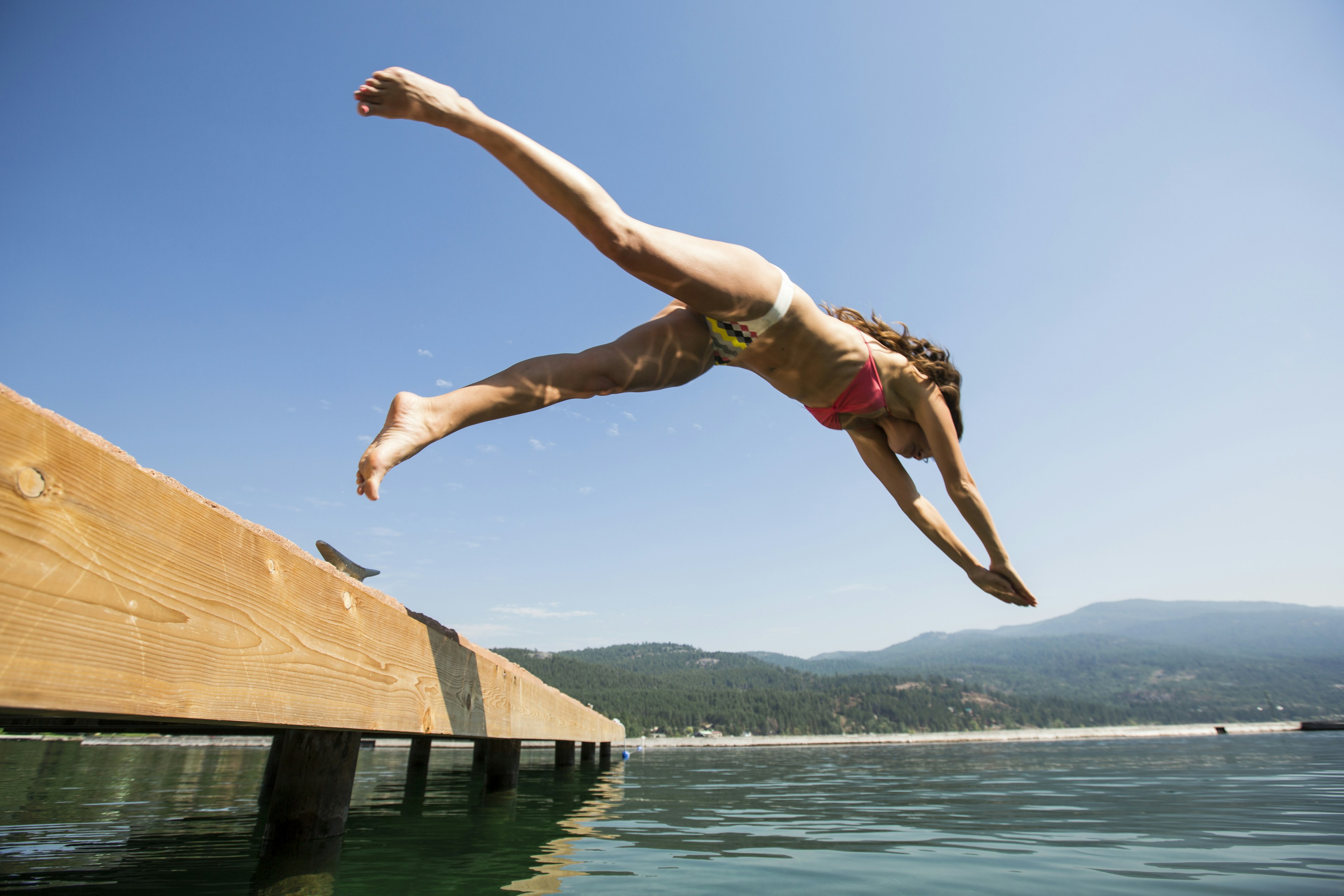A week at an all-inclusive resort promises idle, sunny days but it doesn’t usually spell adventure. After all, where’s the thrill of exploration when there’s a beach in easy reach of your bed, and all meals and drinks are served on site? But hold the piña coladas: resorts can offer much more than a do-nothing holiday.
At these 10 all-inclusives, guests go galloping across lonesome prairies, watch elephants from outdoor pools, and cultivate skills from yoga to axe-throwing. These out-of-the-ordinary spots might even win over hardened resort skeptics.

Club Marvy, Turkey
Resorts are sprinkled across Turkey’s Aegean Coast as generously as pistachios on a wedge of künefe (pastry cheesecake). Club Marvy has the swish spa and sandy beach you’d expect of an upscale all-inclusive. Its kitchen aims high with Turkey-meets-Italy food from locally sourced ingredients (the owner’s mother has an organic farm close by). But best of all is the chance to play sea captain with reasonably priced lessons at the on-site sailing club. Kids can bob around in the sparkling water on a dinghy while adults work to get their sailing license … perhaps you’ll arrive by boat next time.
Full-board packages start around TL1045 (US$185) per night. It’s less than an hour by road from ancient port town İzmir.
Sivananda Ashram Yoga Retreat, the Bahamas
A Bahamian beach is a suitably dreamy setting to search your soul. This traditional ashram’s immersive yoga holidays on Paradise Island include guided meditation, workshops and dance performances, along with vegetarian meals and accommodation. Some private rooms look straight at the sea; even better value are the wood-lined garden rooms, dorms and tent huts. When you aren’t working on your asanas (yoga postures) you can wiggle your toes into warm sand or go snorkeling.
For a shared room, budget US$105 or above per night. Boat transfers from Nassau reach the ashram.

Bamarru Plains, Australia
In Australia’s Top End, a jigsaw of wetlands, rainforests and sandstone plateaus, Bamarru Plains offers a front-row seat to natural drama: gamboling wallabies, strutting storks and herds of water buffalo. Nine stilt bungalows, poised above the Mary River floodplains west of Kakadu National Park, are designed with respect for the land and its history, from Aboriginal artwork to bathrooms made from up-cycled metal. Mesh walls on three sides allow epic views from your bed, while magpie geese act as a cacophonous alarm clock.
Packages start at A$1140 (US$800) per person per night (minimum two-night stay). It’s a three-hour drive east from Darwin (or a 30-minute charter flight).
OZEN by Atmosphere at Maadhoo, Maldives
Powder-white sand, crystalline water … few destinations evoke paradise quite like the Maldives. This palm-fringed resort encourages guests to dive in (literally), with complimentary stand-up paddleboard, wind and kite surf, kayak and snorkel hire, plus there’s an on-site diving school to guide the adventurous to wrecks and reefs. Still not done with the deep blue sea? Some packages include an evening at the underwater restaurant – though it’s hard to order fish of the day after seeing Nemo swim past the window.
All-inclusive rates start at around US$966 per room when booked online. Speedboat transfers link to Male’s international airport.

Roho Ya Selous, Tanzania
Wildlife prowls straight past the luxury tents at Roho Ya Selous. Guided walking safaris and game drives (included in the price) take you even closer to residents of the Selous Game Reserve: lions, wild dogs, elephants and more than 400 bird species. The eight luxury tents have a certain rough-hewn chic, with stone floors and reed walls, and evening meals are served outdoors allowing diners to count stars. Prime time is from June to October when watering holes shrink, allowing for predictable wildlife-spotting.
Nightly full-board rates per person (double occupancy), including activities and transfers, start at around US$700.
La Cucina Sabina, Italy
Dining on authentic pizza and tiramisu is a memorable though short-lived pleasure. But a stay at La Cucina Sabina might cultivate a life-long love affair with Italian cuisine, with cookery classes woven into a program of gastronomic discovery. At this elegant boutique resort, you’ll sizzle up saltimbocca (prosciutto and sage-wrapped veal) while admiring lemon trees and olive groves from the kitchen’s floor-to-ceiling windows. The itinerary also includes guided tours of castles and Rome’s ancient sights. Best of all, you’ll depart with the secret cooking techniques of Italian nonne (grandmothers).
Six-night culinary holidays start at US$3400 per guest (double occupancy). La Cucina Sabina is 20km northeast of Rome.

Vista Verde Guest Ranch, USA
Nestled in northwest Colorado’s Elk River Valley, upscale dude ranch Vista Verde isn’t only for serious equine enthusiasts. Novice horse riders are welcome, plus there’s mountain biking, rafting, photography, cooking classes and, in winter, Nordic skiing and sleigh rides (all included in the rate). Communal dining and quality wine lists ensure easy mingling with other guests. Roam the plains on horseback then retreat to a log cabin with a hot tub…ranch life sure is tough.
Seven-night winter stays start at US$3025 per person (US$4525 in summer). Driving from Denver takes roughly 3½ hours.
The Chilko Experience, Canada
Feeling the urge to leave humanity behind for a while? Head to the untamed Chilcotin, the stomping ground of grizzly bears (and only around 1000 humans). Everywhere you look from The Chilko Experience are evergreen forests, alpine lakes and serrated mountain peaks. Along with accommodation in cosy timber-frame and log dwellings, prettily decorated with antiques, the rate includes gung-ho activities from kayaking and lake cruises to ATV riding and axe-throwing. Ideal timing is mid-September into October, when bears travel from miles around to guzzle salmon at the Chilko River.
Three-night stays from US$2950 per person. Flights from Vancouver to Williams Lake land within a three-hour drive of the resort.

Sarara Camp, Kenya
At solar-powered Sarara Camp, every moment is a wildlife-spotting opportunity. You might spy warthogs from the terrace of your high-ceilinged tent, watch elephants from the outdoor pool, and spot impala from the al fresco dining area. True Luxury Travel parcel up an all-inclusive stay with a visit to nearby Reteti Elephant Sanctuary. Committed to returning orphaned animals to the wild – and opposed to cruel practices like elephant riding – this community-focused project limits human-elephant contact but allows observation of endearing pachyderms at play.
Four-night package (based on two guests sharing) with domestic flights GBP£6600 (US$8250). Transfers from Wilson Airport in Nairobi are included.
Tiger Rock Resort, Malaysia
Tourism can have a disastrous impact on fragile island environments and Pulau Pangkor, a popular beachy retreat off Peninsular Malaysia, has seen rampant development. But Tiger Rock Resort has taken a low-impact and community-driven approach, and the result is a tranquil hideaway that blends into its jungle setting. Knock about on the tennis courts, watch huge Raja Brooke butterflies flit through overhanging palm fronds, cool off in a saltwater pool, and tuck into fish curries and nasi lemak (coconut rice) flecked with the island’s signature product, ikan bilis (sun-dried anchovies).
Full board per person per night starts at RM690 (US$168). Ferries connect Pangkor Island with mainland jetties Lumut and Marina Island.







































